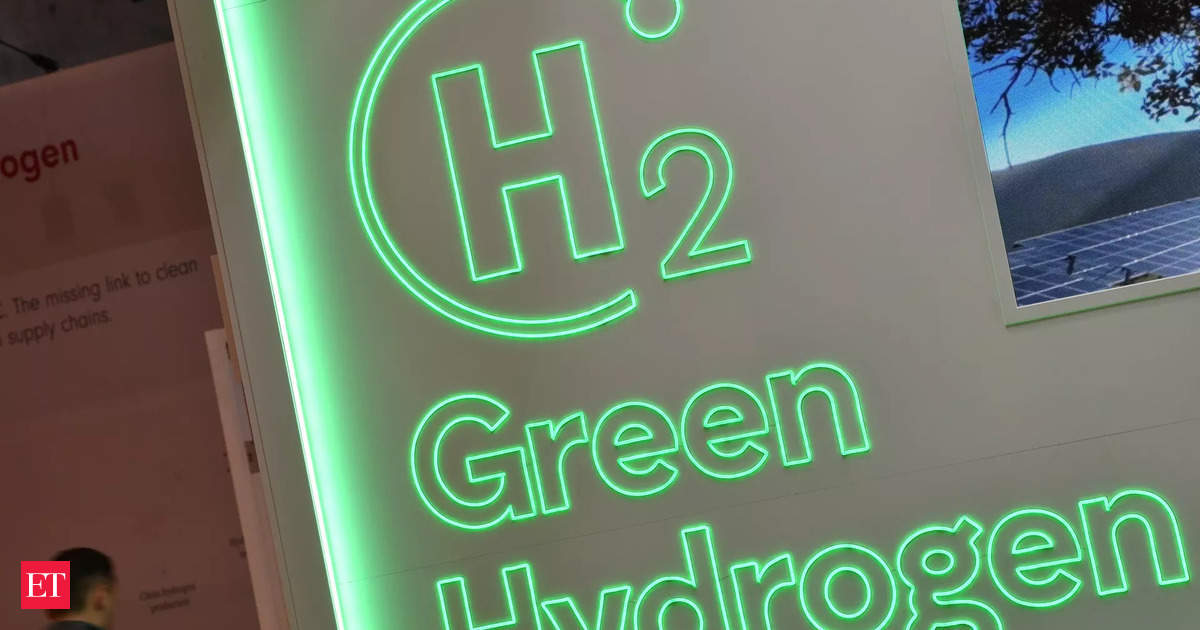Study Shows Minimal Impact of Green Hydrogen Mandates on Consumer Fuel Prices in India
Key Ideas
- A study by a World Bank group arm suggests that implementing green hydrogen mandates at refineries in India will have a negligible effect on consumer fuel prices.
- Mandating 10% green hydrogen will lead to just a 0.5% increase in petroleum product costs, while a 50% mandate would result in a 2.5% rise, as per the study's findings.
- Green hydrogen is projected to achieve cost parity with grey hydrogen by 2035 without government support, with the domestic hydrogen demand expected to increase to 8 MTPA by 2030.
- There are challenges in blending more than 10% green hydrogen into natural gas pipelines, with the study suggesting that developing pure hydrogen pipelines could be a cost-effective alternative.
A study conducted by ICF and presented to the Petroleum and Natural Gas Regulatory Board in India has highlighted the impact of implementing green hydrogen mandates at refineries in the country. The study indicates that such mandates, ranging from 5% to 100%, would have minimal effects on consumer fuel prices. Even with a 50% green hydrogen blending mandate, the study found only a 2.5% increase in the cost of petroleum products. The analysis assumed specific prices for natural gas, green hydrogen, and crude oil.
The research also noted that a 10% green hydrogen mandate would lead to just a 0.5% rise in petroleum product costs. Refineries, major consumers of hydrogen in India, have raised concerns about potential redundancies in their grey hydrogen production facilities due to mandated shifts to green hydrogen.
The study forecasts an increase in domestic hydrogen demand to 8 MTPA by 2030 from the current 6.7 MTPA, with projections suggesting cost parity between green and grey hydrogen by 2035. While NITI Aayog anticipates cost parity by 2029, challenges remain in blending green hydrogen into natural gas pipelines beyond 10%.
The study proposes the development of pure hydrogen pipelines and supporting infrastructure as a potentially more feasible option than extensive blending. India aims to blend up to 15% green hydrogen in the city gas distribution system by 2030, with the study offering insights into the challenges and opportunities associated with the country's clean energy transition.
Topics
India
Policy
Infrastructure
Energy Transition
Natural Gas
Cost Analysis
Refineries
Petroleum Products
Mandates
Latest News
